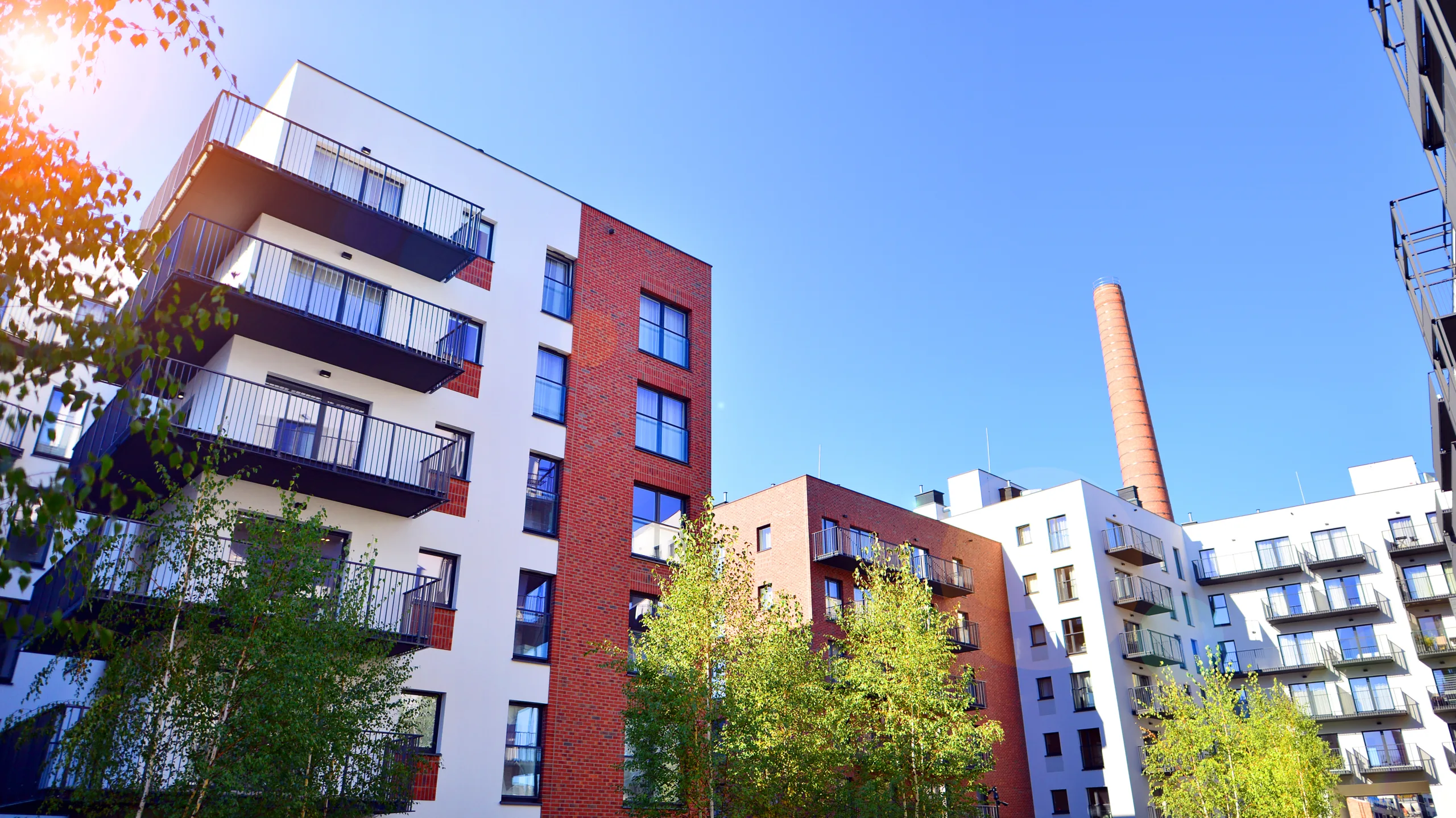- Multifamily REITs are showing resilience in 2025, posting steady occupancy and modest NOI growth despite economic uncertainty and elevated interest rates.
- Operators are shifting strategies—doubling down on Sun Belt markets, optimizing portfolios, and taking a conservative approach to capital deployment.
- Investors should focus on balance sheet strength, geographic exposure, and operational execution as rent growth moderates and supply pressures persist in key markets.
Steady Results, Strategic Pivots
Multifamily REITs ended the second quarter of 2025 on stable footing, as reported by RealPage. Occupancy rates remained high—EQR at 96.6% and CPT at 95.6%—while blended lease trade-out rates saw modest gains, particularly in less saturated markets. Same-store NOI performance varied, with UDR posting nearly 3% growth while MAA dipped by about 2.5%.
The more telling shift, however, is strategic. REITs are tightening capital deployment and rethinking portfolio growth in response to higher interest rates and uneven market conditions. Equity Residential, for example, acquired over 2K units in suburban Atlanta, reflecting its pivot toward high-growth, lower-cost Sun Belt metros. Meanwhile, UDR highlighted a disciplined approach—focusing on redevelopment and preferred equity investments while maintaining balance sheet strength.
Get Smarter about what matters in CRE
Stay ahead of trends in commercial real estate with CRE Daily – the free newsletter delivering everything you need to start your day in just 5-minutes
Where The Growth Is—And Isn’t
REITs continue to recalibrate geographic exposure. High-growth markets like Houston, Tampa, Atlanta, and Washington, DC are clear favorites due to strong job creation and population inflows. In contrast, high-supply or heavily regulated regions—such as the Bay Area and Seattle—are seeing muted rent growth and higher operating friction.
Demographic shifts are also influencing strategy. Remote work flexibility continues to drive demand in suburban areas. Meanwhile, migration patterns among Millennials and Gen Z are fueling increased activity in secondary markets. These factors are driving both pricing strategies and amenity offerings.
What Investors Should Watch
In today’s environment, total returns aren’t just about NOI or FFO. REIT investors need to evaluate:
- Balance Sheet Strength: With interest rates still elevated, liquidity and conservative leverage are key differentiators.
- Dividend Outlook: Payouts remain stable, but growth potential hinges on future rate cuts and operating performance.
- Geographic Footprint: Outperformance is increasingly linked to Sun Belt and business-friendly metros.
Operationally, REITs are investing in tenant retention and tech adoption. Record-high renewal rates point to successful retention strategies, while rising insurance costs and climate-related risks are prompting innovation in risk management.
Looking Ahead
The multifamily REIT sector remains a relatively attractive niche, especially as new construction starts to taper off and market fundamentals begin to stabilize. For investors, the focus should remain on capital discipline, geographic positioning, and operational agility. For property managers, evolving tenant demands and tech integration will define long-term competitiveness.
As the market transitions toward normalization, the strongest REITs will be those that balance resilience with strategic flexibility.


















